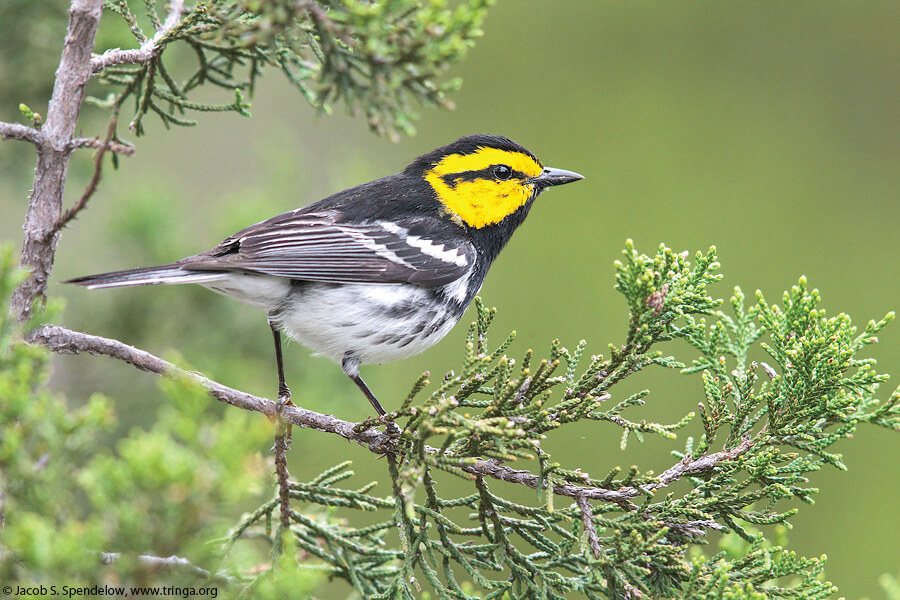
The U.S. Fish and Wildlife Service is keeping the golden-cheeked warbler on the endangered species list but this should not present any new challenges in the effort to build the “Road to Vandegrift”, officials say.
By CASSIE MCKEE, Four Points News
A decision announced this month by the U.S. Fish and Wildlife Service to keep the golden-cheeked warbler on the endangered species list should not present any new challenges in the effort to build the “Road to Vandegrift,” according to Pam Waggoner, Four Points Traffic Committee founder and LISD board of trustee vice president.
“Our application was not founded on the golden-cheeked warbler being de-listed,” Waggoner said. “We were working with the golden-cheeked warbler being listed as an endangered species.”
The Four Points Traffic Committee and Leander ISD are working together to seek an additional roadway to Vandegrift High School and Four Points Middle School, to serve as an emergency evacuation route to and from the campuses. The proposed road would be built along an existing infrastructure corridor that borders the Canyonlands and would sit on a portion of the Balcones Canyonlands Conservation Plan.
Because the vicinity is occupied by certain species listed as threatened or endangered under the federal Endangered Species Act, LISD must work with the U.S. Fish and Wildlife Service to obtain an Endangered Species Act permit.
History
Since October 2014, LISD and the USFWS have been going back and forth on LISD’s draft Habitat Conservation Plan, a proposal to provide mitigation for the potential impacts to endangered species such as the golden-cheeked warbler, an endangered bird which breeds in Central Texas.
In December 2015, Waggoner posted on the Four Points Traffic Committee Facebook page that USFWS had refused to address LISD’s responses to USFWS comments and was insisting on a new Habitat Conservation Plan to review.
“There have been many delays but we knew it was a five-year project,” Waggoner posted in April.
In May, LISD completed the final edits on a formal application package containing both the Habitat Conservation Plan and an Environmental Assessment and plans to submit it to the USFWS soon.
“The application is complete and once the LISD Board is advised, the application will be submitted,” Waggoner said. “We are anticipating receiving comments from the USFWS on the Habitat Conservation Plan and Environmental Assessment in August, possibly September.”
According to the most recent timeline estimates, LISD hopes to receive the Endangered Species Act permit by October 2017.
“Once the application is turned it, it is a slow lengthy process,” Waggoner said.
